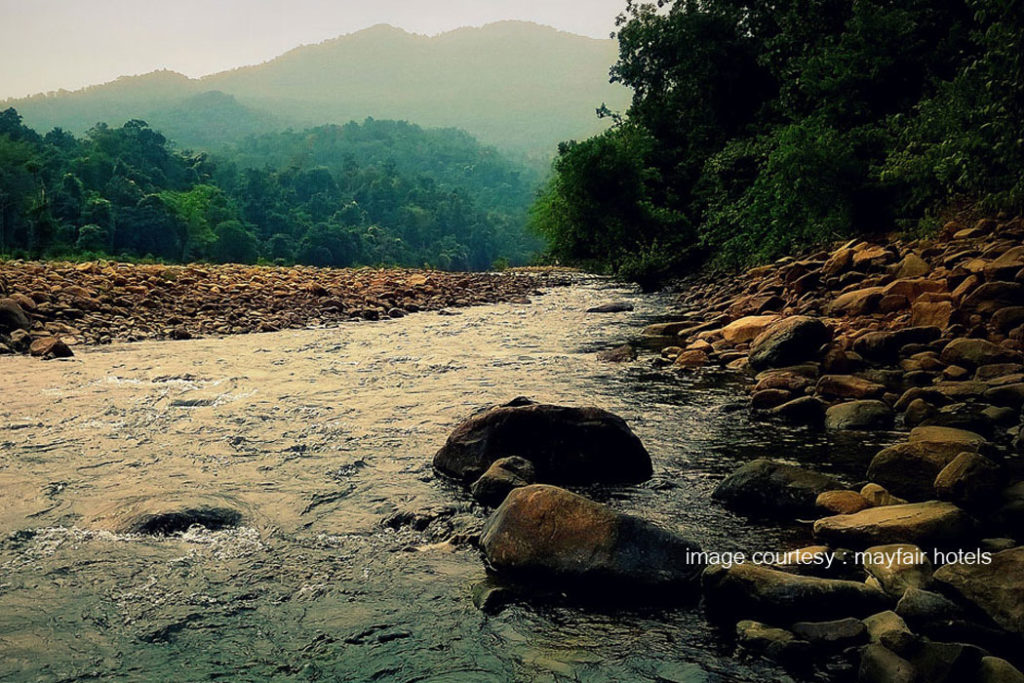The Nilgiri Biosphere Reserve
The Nilgiri Biosphere Reserve is found within the Western Ghats and comprises 2 out of 10 of the biogeographical provinces within India. It was established in 1986 as the first biosphere of India. The objectives for why the Nilgiri Biosphere Reserve was established was to: “to conserve insitu genetic diversity of species, restore degraded ecosystems to their natural conditions, provide baseline data for ecological and environmental research and education, [and] to function as an alternate model for sustainable development”(C.P.R Environmental Education Center). This Reserve takes up a total area of 5,520 square kilometers within three states, being: Tamil Nadu (2,573.6 sq. km), Kerala (1455.4 sq. km.), and Karnataka (1527.4 sq. km.). It receives around 500-7000mm of annual rainfall and has a temperature ranges at about 0°C in the winter and as high as 41°C during the summer.


The Similipal Biosphere Reserve
Similipal Biosphere Reserve was named after the Simili plant. It was established in 1994 as part of the MAB (Man and Biosphere) program with UNESCO, the objective being to bring people and their livelihoods along with the forest and its wildlife under a cohesive eco-development initiative. That way both the socio-economic development of the people is enriched and there is less pressure on the forests. It is within the Mayurbhanj district of the state of Orissa and is 2750 square kilometers. Broken up, 2091 sq. km. of is forest reserve while 659 sq. km. is protected. It is a critical National Park that supports numerable wildlife and biodiversity, is home to several different indigenous communities, and is a critical watershed. A few of the significant features of Similipal are that it has several water sources, 2 of which (Barehipani and Joranda) are permanent waterfalls.




